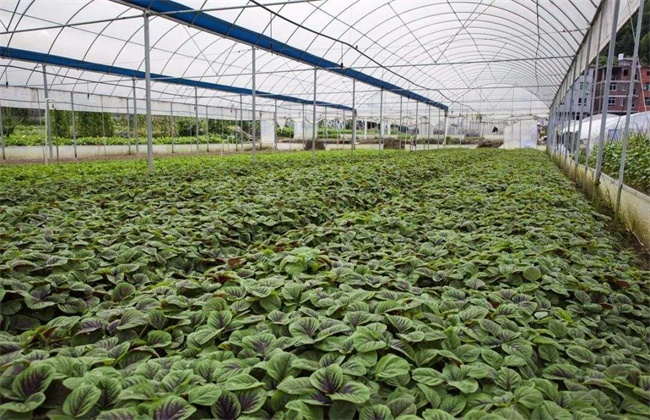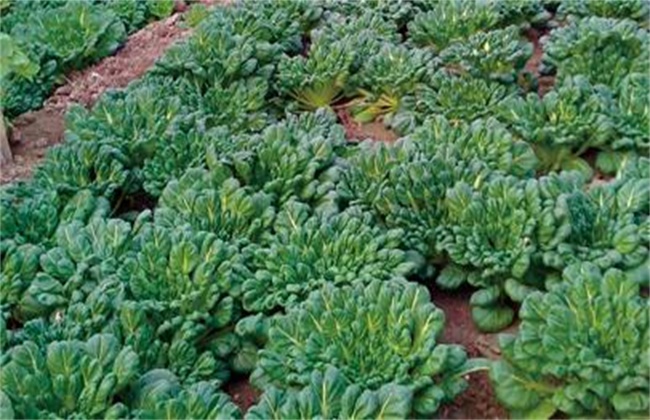Late Management of Spring Potato covered with plastic Film
Now the planting technology in our country is more and more developed, and most of the vegetable crops can be planted out of season. Potatoes are no exception, of course. Now many people plant potatoes in spring. Most of the spring potatoes are planted with plastic film, and the management of plastic film spring potatoes is very important, especially in the later stage. So the editor today brings you the late management of plastic film spring potatoes, let's have a look!

1. Remove film and cultivate soil
When growing potatoes with plastic film in early spring, when the aboveground part of the potato plant grows to about the height of 30cm. Then before and after the budding stage of the potato and when the underground tuber begins to expand, and the average temperature around it is stable at about 25 degrees, the mulch should be removed in time. After removing the plastic film, we have to do a good job of weeding, and then cultivate the soil at the root of the potato plant twice or so. Proper cultivation of soil is very beneficial to the yield of potatoes, and can also prevent diseases such as green skin disease of potatoes.
2. Water and fertilizer management
When potatoes enter the later stage of growth, it is usually the time of potato tuber expansion. At this time, potato tubers need a lot of nutrition and water. Therefore, we should pay attention to do a good job in water and fertilizer management, when potato tubers grow to about the size of ping-pong balls, we can water and fertilize. Potato growth has a great demand for potassium, so we should pay attention to increase the amount of nitrogen and potassium fertilizer when topdressing. Topdressing once and twice in about ten days. If you encounter continuous dry weather, then you should do a good job of watering to prevent potatoes from being short of water and hindering the expansion of tubers.
3. Pest control
In the later stage of potato growth, pest control is also very important. The main pests are grubs and aphids. Aphids not only harm the growth of potato leaves, but also easily carry virus diseases, which have a serious impact on the yield of potatoes. We can use imidacloprid for control, spraying once every other week, spraying twice. On the other hand, grubs mainly harm the tubers of potatoes, which will also lead to a decline in yield and lack of commercial value. For the control of grubs, phoxim and other agents can be selected for root irrigation, and its control effect is very good.
4. Pay attention to controlling prosperity
The work of controlling the growth of potatoes in the later stage of growth also needs our attention. If potatoes flourish, the aboveground part will consume a lot of nutrients, resulting in a lack of nutrients in the underground part of the tuber and can not expand. Therefore, when the potato plant is closed, the tidbits on the horizontal direction of the plant should be knocked out. Then in the second flowering, get rid of the tidbits up and down, but also pay attention to the growth point on the main stem. We can also properly spray chemicals and fertilizers to control prosperity. For example, potassium dihydrogen phosphate, zinc benzoate and so on are sprayed on the leaves.
The above is a brief introduction to the late management of plastic film spring potatoes. That's all for today's introduction. This article is for reference only. I hope it can help you all.
Related
- Where is it suitable to grow horseradish in China? it is expected to see the middle altitude horseradish in Alishan.
- How to prevent tomato virus disease reasonably? (Control methods included)
- Many people like to plant towel gourd on the balcony. What are the main points of this method and management?
- What crops can chili peppers be mixed with?
- Fertilization techniques and matters needing attention in Tomato
- What are the grafting techniques for peach seedlings in spring?
- Harm and control methods of root swelling disease of Chinese cabbage
- What are the pests of sweet potatoes? How to prevent and cure it?
- Symptoms, causes and Control methods of navel Rot in Tomato
- The cause of "Cucumber rotten bibcock" in Farmers' planting Cucumber and its Control Plan



